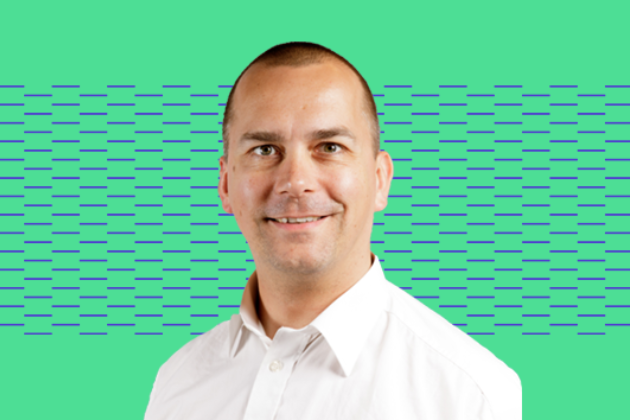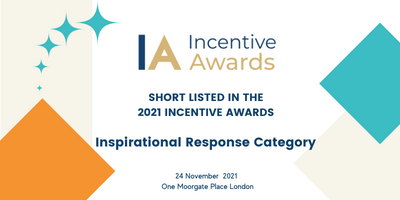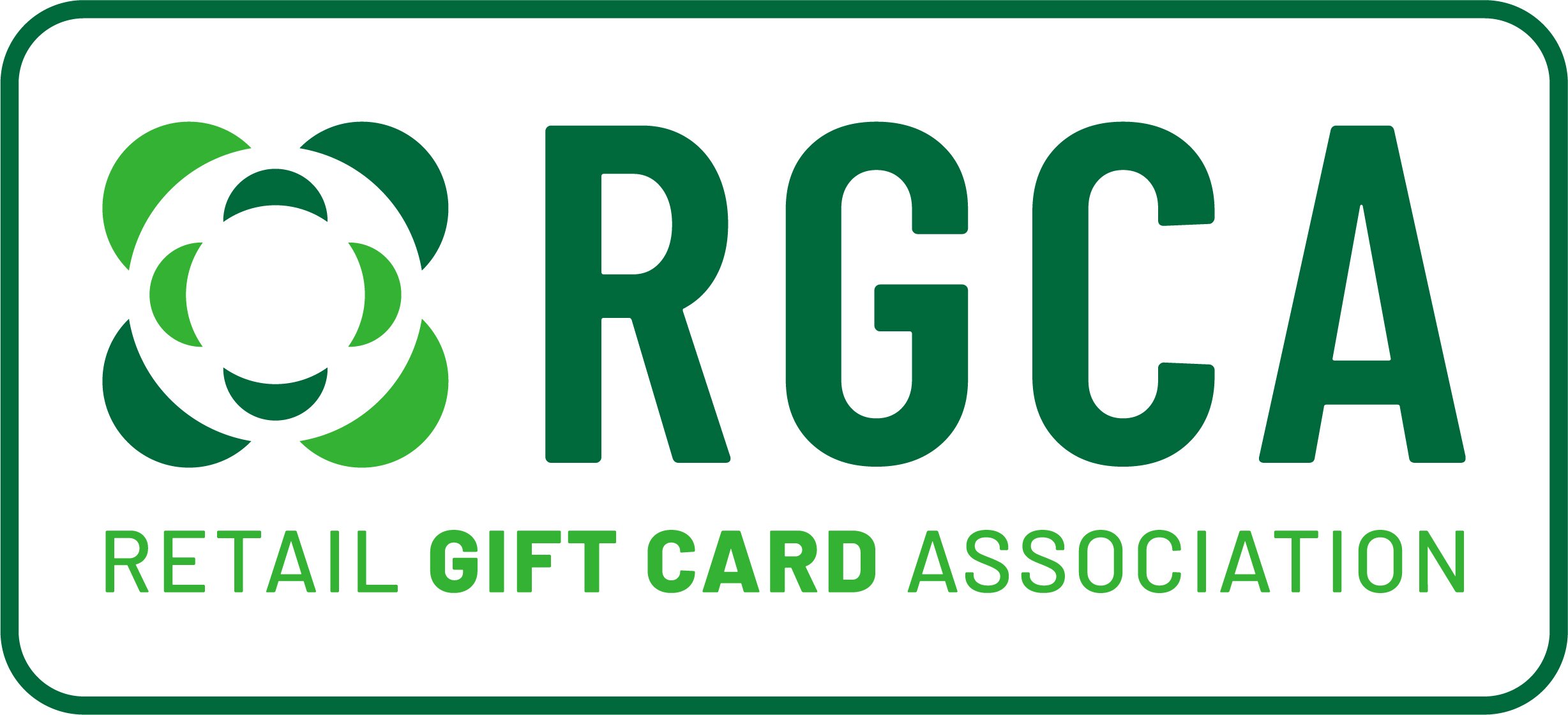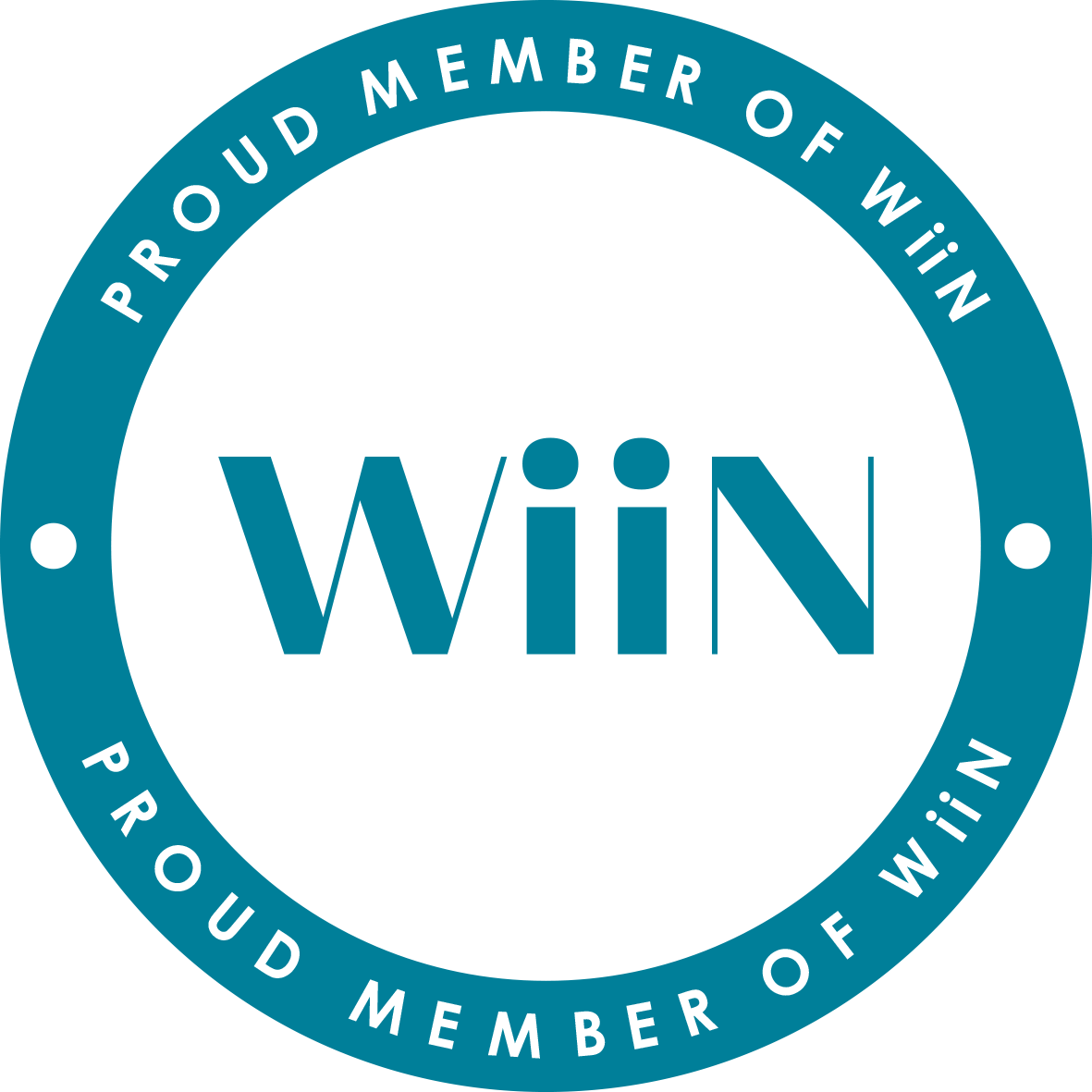Read time 4 mins
Author Tillo


Thank you! Quite excited to be joining Tillo now, it constitutes a fantastic opportunity. My thanks to the whole Tillo team for their warm welcome.
Firstly, Tillo is a really exciting company to join right now. As the Tillo Team knows, it is headed to the stratosphere! Secondly, this particular role is at a nexus of various company functions. I have already spoken with heads of product, finance, operations, marketing, and all have been eager to get more use, more value out of their data. Tillo has lots of data on its operations from the last few years; I get to be first within the organisation to focus my efforts on mining this data.
As the first of what will undoubtedly grow into a team of data professionals, I’ll get to shape the data function as it develops internally while increasing the value of the platform to our partners and brands.
My background is in numerical astrophysics and cosmology. A lot of physics models are better expressed in terms of computation and simulation than they are in terms of mathematical formulae, which is how I got into computing. After my studies, I intended to work in banking as a quant. I got a job offer in my native Iceland. My timing was terrible though as that was in 2008 when the entire banking sector crashed! That forced me to rethink my career.
I had some background in health physics, so I took a role at the Icelandic Radiation Safety Authority. There I worked on emergency preparedness, environmental monitoring, safety inspections, and ran a nationwide indoor radon survey. I learned a lot of biostatistics in that role. Compared to physics models, biostatistical models are quite different and more widely applicable. Eventually, I started to look for opportunities to apply my computational, mathematical, and statistics skills in business contexts.
I moved to Brighton for a job in business intelligence consulting. There I got exposed to data warehousing, big data technologies, cloud computing, and more. Later, I turned my attention to unstructured data analysis, i.e. natural language processing and network analysis as a product feature researcher at a social media analytics firm. The pandemic cost me that job. In response, I started taking on freelance data science projects.
Enthusiasm and advocacy for the use of data to optimise operations and guide decisions.
To begin with, my focus will be on insights for internal consumption. As soon as possible, my attention will shift towards developing customer-facing insights and adding these as features to the platform.
I really enjoyed my time there. What they do is scour the internet to absorb as much of the public conversation as possible, then augment that data (sentiment analysis, emotion detection, semantic analysis, topic clustering, entity recognition), making it more meaningful. Then they sell access to an analytical platform for exploring and querying that information. Naturally, their data science team is at the heart of the company’s vision.
My role was to do research on future product features. To begin with, they give you a few weeks of free rein to do a self-guided project, which you then present to the team. Coming from a business intelligence background, I decided to stretch out their free rein to its full length and look into their software-as-a-service business model and their customer churn rate. I wondered if they had a good understanding of what drove customer churn. Asking around gave me different perspectives, based on people’s experience and intuition. That convinced me to pursue a survival mode exploring the drivers of customer churn and compare it against their answers.
While at Brandwatch, I mostly worked on product feature projects, but what became most rewarding to me, personally, was mentoring junior colleagues. Product features are fun to see materialise, but observing people wielding new skills and blossoming as they grow in confidence is very special. One of the ways I helped was by taking the initiative to create an internal training workshop. To begin with, I ran the weekly sessions, and the only attendees were juniors. But soon, it became popular. Eventually, the whole team participated, taking turns demonstrating something we found useful: a technology, a technique, a hack.
Another exciting experience was discovering “harbingers of failure” in a project about predictive modelling of sales data, which I took on as a freelancer for a consumer product manufacturer.
The Brighton Data Forum is a networking, socialising, and skill-sharing meet-up that I’ve run for 2 years for local data professionals. The Forum covers all topics within data: engineering, governance, ethics, science, security, programming, etc. We get together and listen to talks, exchange war stories, give advice, arrange social events, etc. My focus is on making the events informative though the networking component is always present. We have a Slack workspace where we converse between meetings. There are 475 Forum members on Meetup, and about 100 on Slack.
Attendees can expect to see a surprisingly large number of professionals and organisations in the local data sector, and hopefully learn something from them!
I see data science as a principled methodology for answering concrete business questions using the best available evidence. Businesses face many important questions whose answers exist out there, but in a mixed-up form, hidden in complex folds of multidimensional data. Ultimately, discovering, revealing these answers is actually a simple task, albeit involving many steps, usually requiring grunt work, patience, attention to detail, and the occasional flash of inspiration.
Much like physicists, data scientists are allowed to - rather, they are paid to - play detective and find things out. And that game is always afoot.
I am an amateur photographer. Although I sometimes more accurately describe myself as a “camera enthusiast”. I like playing with the technology, switching lenses, setting up the tripod, arranging lights, setting remote triggers, establishing a shot and pressing the shutter to make it happen - especially when I can come up with unusual ways to do so. I keep meaning to get more involved with computational photography. Maybe 2021 is the year?







